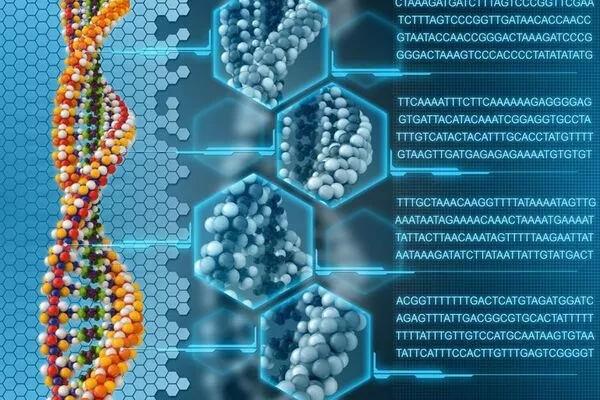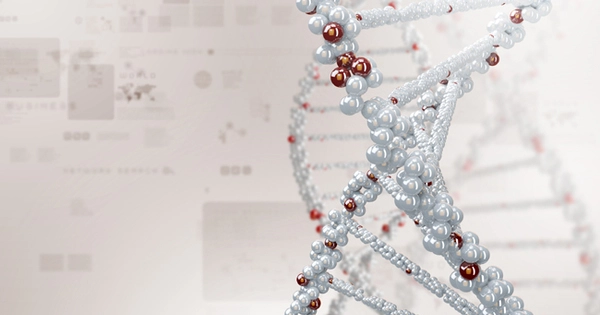Esophageal cancer is a kind of cancer that develops in the esophagus, the tube that connects the throat to the stomach. There are two forms of esophageal cancer: squamous cell carcinoma and adenocarcinoma. Researchers have found specific hereditary gene variants that may enhance the chance of getting esophageal cancer.
Many key advancements in medicine have resulted from studying genes in families with a proclivity for specific diseases, such as the discovery of statins in family members who suffered heart attacks at a young age. Now, a team of researchers at Case Western Reserve University has identified an inherited mutation in a gene linked to a highly lethal cancer of what is commonly known as the food pipe, called esophageal adenocarcinoma (EAC).
“With this discovery, we will be able to identify early those at a high risk of developing EAC in their lifetime, and accordingly tailor screening, lifestyle and treatment strategies to prevent cancer development,” said Kishore Guda, an associate professor at the Case Western Reserve School of Medicine and member of the Case Comprehensive Cancer Center.
With this discovery, we will be able to identify early those at a high risk of developing EAC in their lifetime, and accordingly tailor screening, lifestyle and treatment strategies to prevent cancer development.
Kishore Guda
Guda co-led the study, which was published in the journal Gastroenterology, with Amitabh Chak, a School of Medicine professor and physician at University Hospitals Cleveland Medical Center. Previous research discovered that up to 10% of people with EAC or Barrett’s esophagus (a precursor to EAC) have a family member with the condition, implying a genetic susceptibility.
However, the chemicals that contribute to the formation of EAC are poorly understood. They discovered the gene Caveolin-3 (CAV3), which plays a vital role in the disease’s development, by researching families with the disease.
Caveolins (including CAV1, CAV2, and CAV3) are structural components of cells that regulate several proteins involved in cell activity. However, the gene’s exact significance in the esophagus, particularly in EAC, was unknown.

To determine what CAV3 accomplishes in the esophagus, the researchers used molecular tools and tissues from humans and animal models. CAV3 is normally located in specialized cells termed mucosal glands, which are positioned beneath the surface of the esophagus. When the esophagus is wounded, CAV3-containing cells move up to repair the damage.
“In the family where we identified CAV3 mutation,” Guda stated, “we show that this mutation leads to loss of its normal function and wouldn’t be able to repair the injured esophagus.”
Implications
Their discovery suggests:
- a new role for esophageal mucosal glands (where CAV3 is present) in normal healing of injured esophagus, and
- inherited defects in the CAV3 gene can prevent the injured esophagus from properly healing, increasing the risk of developing EAC.
“This is especially relevant to individuals suffering from chronic heartburn, where the acid and bile from the stomach reaches up and injures the lower esophagus,” Guda said. “These individuals are particularly at risk of developing EAC if the injured esophagus isn’t repaired and healed.”
Up next
Future research will focus on screening more families for genetic defects in CAV3 or other Caveolin genes; determining how CAV3 aids in esophageal healing and identifying strategies to correct or restore normal function of defective esophageal mucosal glands to reduce cancer risk; and making ablative therapy more effective, they said. (Ablative therapy involves the use of extremely high or low temperatures to eradicate aberrant tissue or tumors.)
“There could be several reasons why normal cells become cancerous,” stated Chak. “By studying familial clusters of the disease, we are identifying the dangerous roads that lead to cancer so effective screening and intervention strategies can be implemented to prevent the disease before it even begins.”





